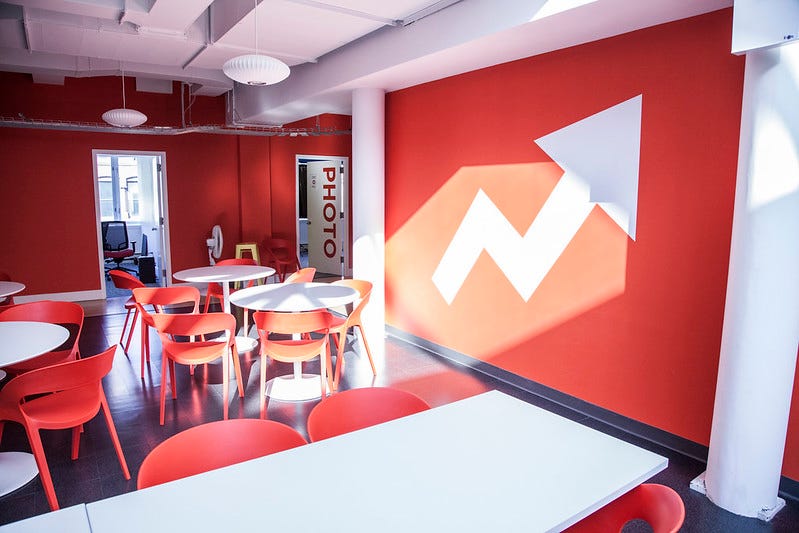What Happens After Social Media and Journalism Break Up
And why Twitter is becoming the new Facebook

Lenin said, "There are decades where nothing happens; and there are weeks where decades happen." The quot…
Keep reading with a 7-day free trial
Subscribe to Public Sphere to keep reading this post and get 7 days of free access to the full post archives.



